Healing Through Repatriation: the Debates and Diplomacy Behind the Native American Graves Protection and Repatriation Act
Debates Reach the Courts
"The impassioned nature of repatriation debate makes it difficult to find uncontested ground from which one can both assess the direction of relevant policies and make constructive suggestions about how to pursue them fairly."
~ Michael F. Brown, President of the School for Advanced Research and Margaret M. Bruchac, Professor of Anthropology and Coordinator of Native American and Indigenous Studies at the University of Pennsylvania
Following NAGPRA’s passage, museums and tribes struggled to understand and successfully follow the legislation. Tribes unfamiliar with archaeological language, and museums unfamiliar with tribal beliefs clashed, leading to heated debates over repatriations. Such debates found their way to courtrooms across the nation.
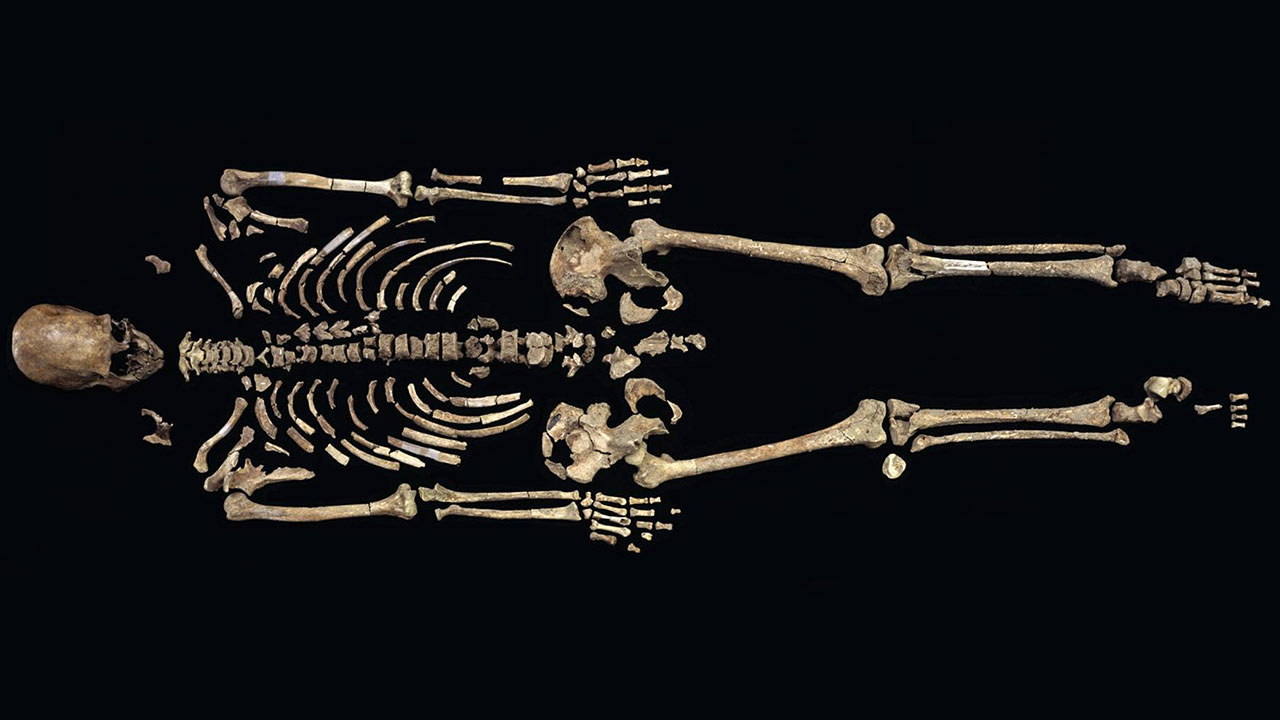
"Kennewick Man." Chip Clark / Smithsonian Institution, 2006
Bonnichsen v. United States was a debate over the ownership of “Kennewick Man,” a set of human remains around 9,000 years old, which were highly valued by archaeologists. The courts originally ruled that the remains were too old to be affiliated with any one tribe and could not be repatriated. Later, the government revised its decision, and repatriated the remains, but the further analysis that was necessary to reach this conclusion violated the indigenous cultural beliefs that NAGRPA was passed to protect.
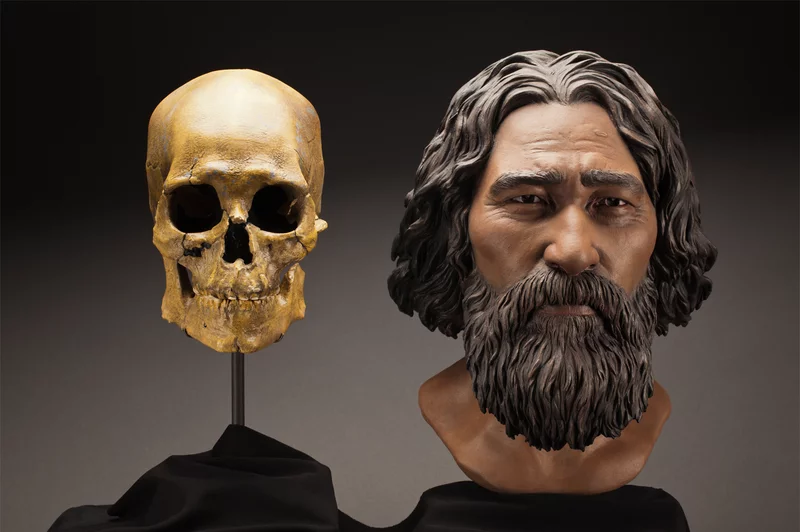
"A clay reconstruction of the face of Kennewick Man." Brittney Tatchell / Smithsonian Institution, 2014
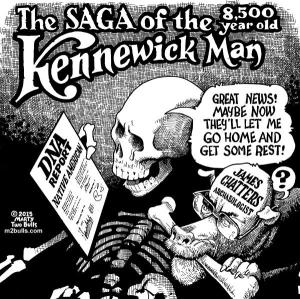
"The Saga of the 8,500-Year Old Kennewick Man." Marty Two Bulls, 2015
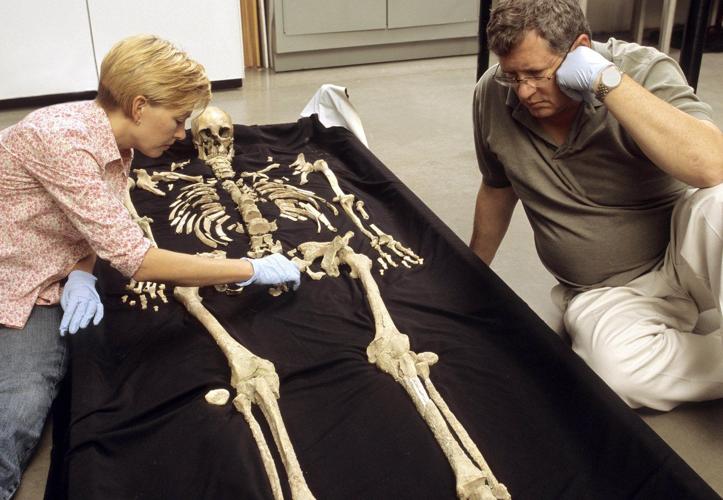
"Smithsonian physical anthropologists Karin Bruwelheide and Douglas Owsley discuss positioning of the Kennewick Man skeleton during the anatomical layout of the remains." Chip Clark / Smithsonian Institution, 2006
White v. University of California was a debate over the La Jolla remains, which were found on the grounds of the University of California. The university decided to repatriate the remains to the Kumeyaay Nation. However, university scientists felt that the research value of the remains was too great to lose and sued. The case was dismissed after the Kumeyaay Nation refused to be present in court, and the repatriation was able to proceed.
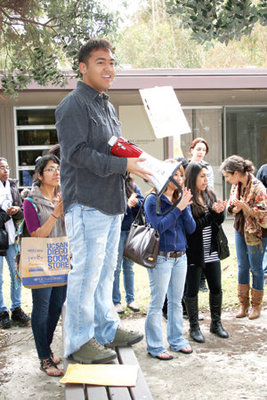
"UCSD student Aries River Yumul speaks to protesters in favor of repatriation." Science, 2009
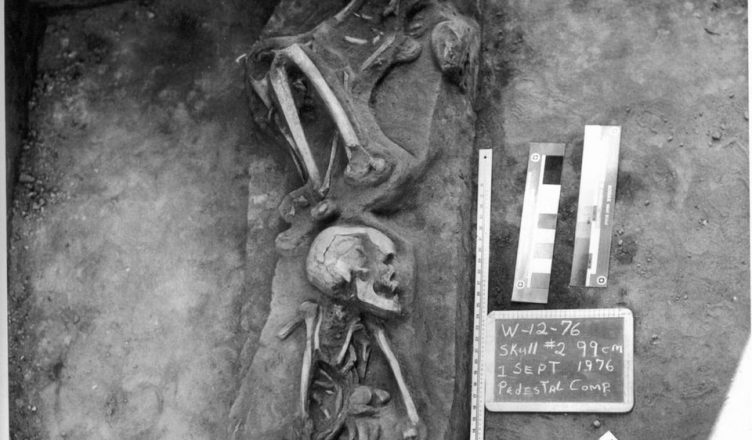
"Two skeletons found in La Jolla, California." Jan Austin, 1976